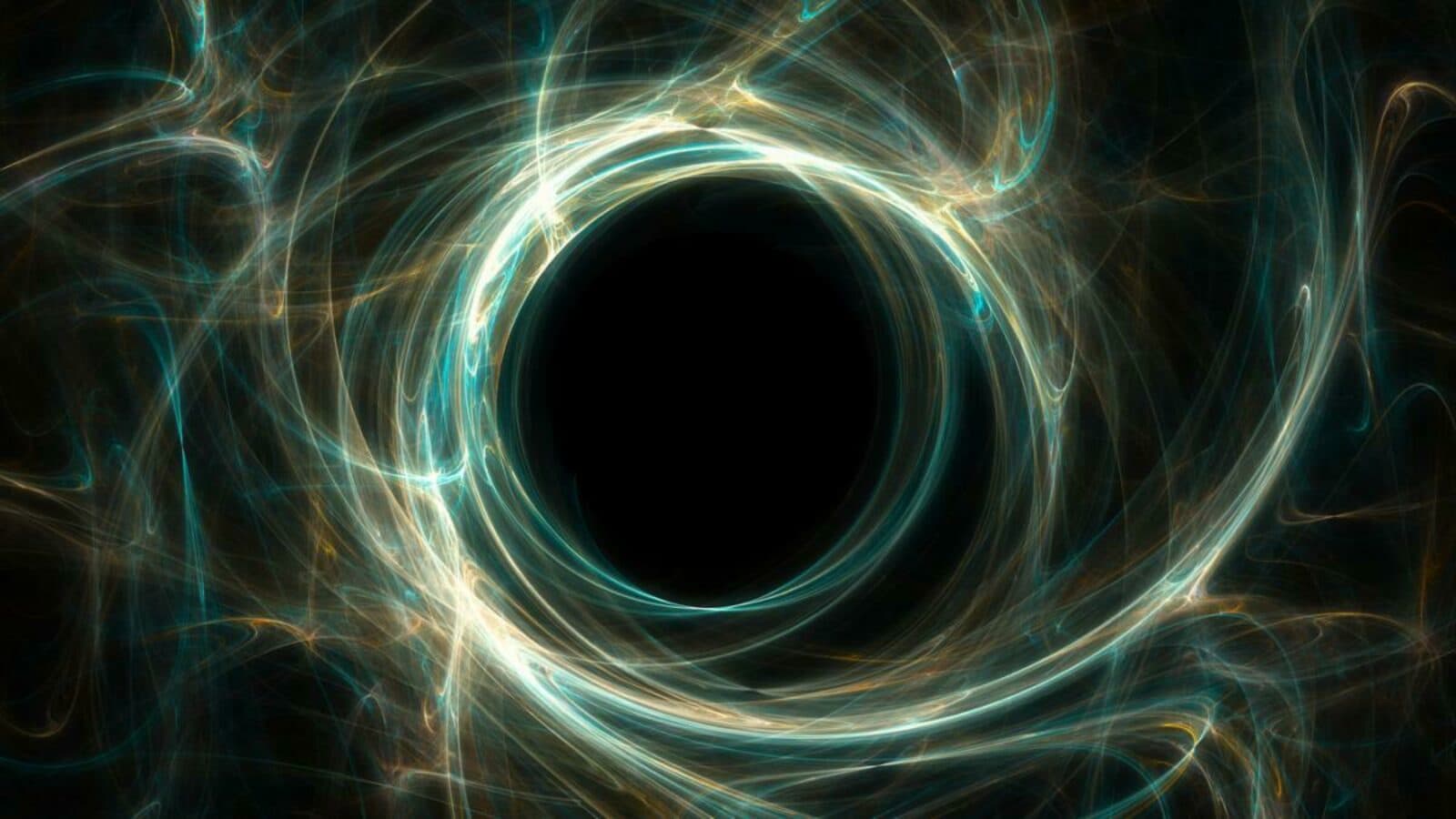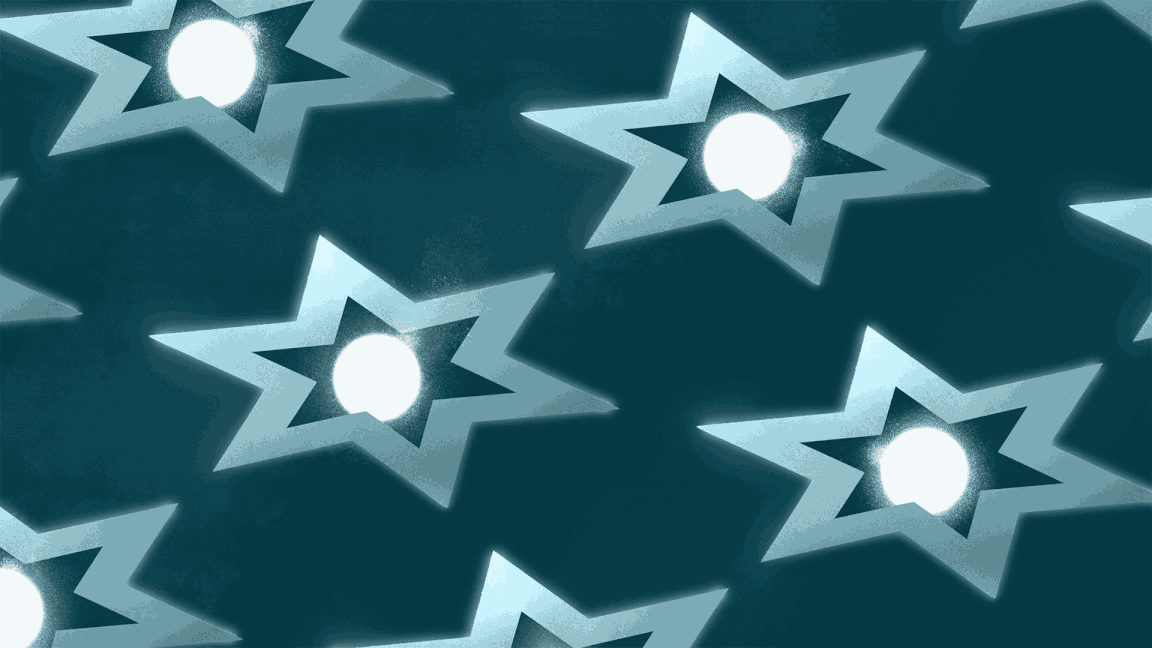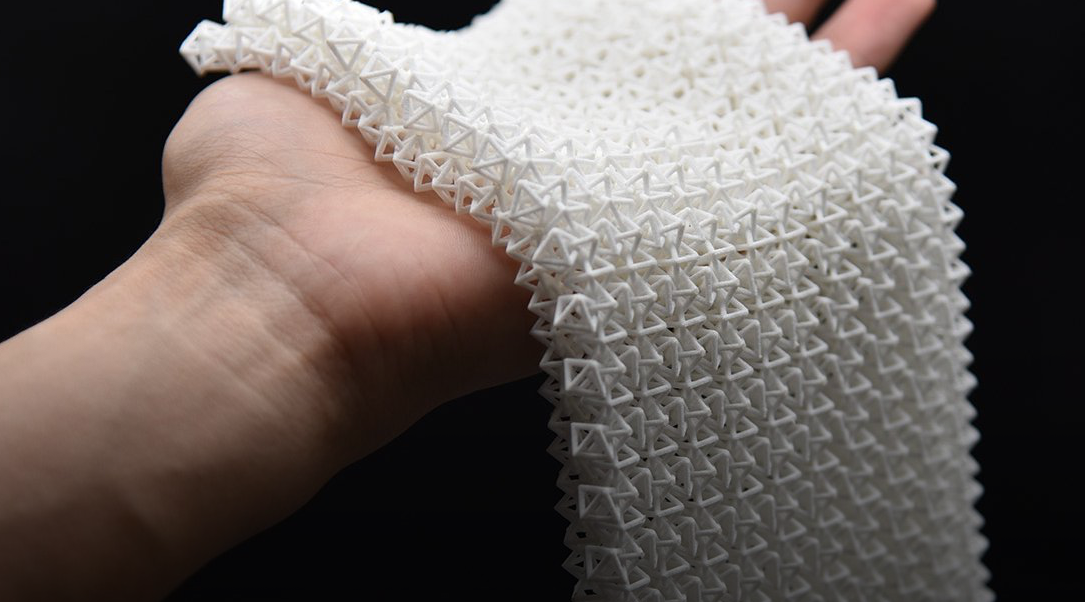Strange Quantum Behaviors
by Alan S. Brown
Research highlights from the Kavli Institutes in Nanoscience

The Author
It has been a good month for probing strange quantum behavior—and unlocking the potential of space-based solar energy to power us down here on Earth. On the quantum side, Kavli researchers at Berkeley Lab have imaged how electrons break down into spinons and chargons, the building blocks of quantum spin liquids. At Cornell, one team of Kavli investigators has show that Planck’s constant explains some unusual phenomena in both ordinary and strange metals, while two other teams have lined up millions of dollars to study new ways to build quantum devices. Meanwhile, Caltech took the wraps off an ambitious, $100 million effort to beam electrical power down from orbiting solar collectors, led by a member of the school’s Kavli Nanoscience Institute, while another researcher has found a way to turn flexible chain mail-like materials into solids that can support more than 50 times their weight.
Electrons split in quantum spin liquid.
The quantum mechanical world is full of strange phenomena, and quantum spin liquids rank up there with the oddest. They are states of matter with lots of long-range quantum entanglement that show no magnetic order (or alignment) even at temperatures near absolute zero. Now, researchers led by Michael Crommie, a member of the Kavli Energy NanoScience Institute, have taken a snapshot of electrons decomposing into the spinons and chargons that make up this quantum soup. Spinons are particles that carry spin and heat but have no electrical charge. Chargons, as you might guess, have a charge but no spin. Sung-Kwan Mo, a Berkeley Lab Advanced Light Source researcher who worked with Crommie on the project, likens spinons to “the Big Foot of quantum physics—people say that they’ve seen them, but it’s hard to prove that they exist.” Now they have proof. Using scanning tunneling microscopy (STM), they injected electrons into a thin film of tantalum diselenide and then used scanning tunneling spectroscopy (STS) to watch how they broke apart into spinons and chargons. The chargons freeze in place, forming a Star-of-David charge-density wave, while the spinons move freely through the material. Right now, it’s cool physics, but one day Crommie speculates quantum spin liquids could be used to form robust qubits for quantum computing.

Reckless electrons obey a simple rule.
When an electrical current moves through metal, the electrons try to avoid one another and move in tandem. Yet there are exceptions to this rule. Called “strange metals,” their electrons bounce off one another and dissipate energy like wind-up bumper cars. Decades worth of data suggests there is an upper limit to how many of these collisions can occur, based on a quantum constant called Planck’s constant. Yet until now, no one has ever observed this phenomenon in enough detail to really understand why this limit exists or how electrons reach it. That is what two members of the Kavli Institute at Cornell for Nanoscale Science – Brad Ramshaw and Kavli postdoctoral fellow Gael Grissonnanche – have begun to do. It turns out that the Planckian limit is truly a universal law that works for both ordinary and strange metals. In fact, even in complex systems with complicated ingredients and quantum interactions, the collision scattering rate depends only on temperature and nothing else. The simplicity is shocking, and researchers speculate that it may enable deeper understanding of the connections between gravitation and quantum mechanics.
Researchers receive quantum funding.
Four members of the Kavli Institute at Cornell for Nanoscale Science have received $5.4 million in funds from the Department of Energy to develop next-generation quantum devices and computer technology. Kavli members Greg Fuchs and Dan Ralph will get $1.8 million to collaborate with others on a project involving hybrid quantum magnonics. Their goal is to network quantum processors together by using magnons (magnetic excitations) to connect superconducting circuits to individual quantum bits. By combining properties from different quantum systems, this hybrid system could make it possible to control large-scale quantum states and the direction of information flow. Meanwhile, Kavli members Jie Shan and Kin Fai Mak will receive $3.6 million to develop moiré materials for quantum simulation. They plan to create the materials by overlaying layers of 2D materials with a small twist angle or lattice mismatch. This will produce a moiré structure. The researchers will then use the ability of electrons tunnel between traps to simulate interacting quantum particles in a solid-state platform.
Beam down power from solar satellites.
Caltech has lined up $100 million for an ambitious program to transfer solar energy from satellites in space to Earth. Originally launched in 2013 with funding from Caltech Board of Trustee member Donald Bren, the Space-based Solar Power Project (SSPP) was unveiled recently with plans to put a prototype in orbit in 2023. One of the three primary researchers is Harry Atwater, director of the Joint Center for Artificial Photosynthesis and a member of the Kavli Nanoscience Institute. He says a satellite-to-Earth system would be able to collect energy 24/7, since the sun is always shining in space. The system would rely on ultralight photovoltaic collectors that would fold up but grow stiff when deployed, much like an umbrella. Each collector, or tile, would have its own transmitter, which limits the amount of heavy copper wiring to be sent aloft. The tiles would remain in geostationary orbit and transmit energy as microwaves to a solar farm whose rectennas (a special type of receiving antenna) would convert the energy into direct current.
Chain mail turns rigid, like Batman’s cape.

In the 2005 movie, Batman Begins, Batman's flexible cape suddenly turns rigid so he can glide over the roofs of Gotham. Now, Chiara Daraio, a professor of mechanical engineering and applied physics and a member of the Kavli Nanoscience Institute, has found a way to do something similar. She uses rings, cubes, and octahedrons linked to one another, so they resemble chain mail armor. Like chain mail, they are ordinarily flexible enough to drape over a sofa (or you favorite Batman costume). Compress, push, or pull on them and they pack together and become rigid, much like the coffee grinds in a vacuum pack. In fact, Daraio did just that by compressing a mesh of plastic chain mail in a vacuum chamber. This jammed the individual elements together so they could support a load of 1.5 kg—more than 50 times their own weight. She thinks the materials could be used to make armor that remains flexible until impacted by a projectile, or perhaps a bridge that could be unrolled across a river and tightened with cables like the drawstrings on a hoodie. She has also collaborated with others to create parts that compress into predesigned solid shapes when heated.